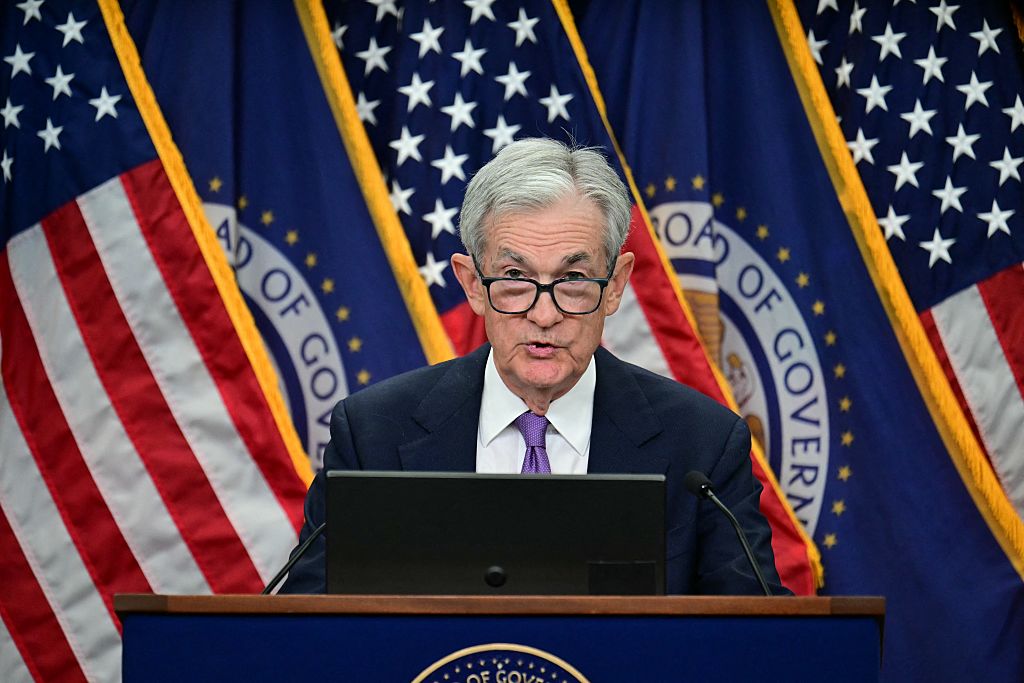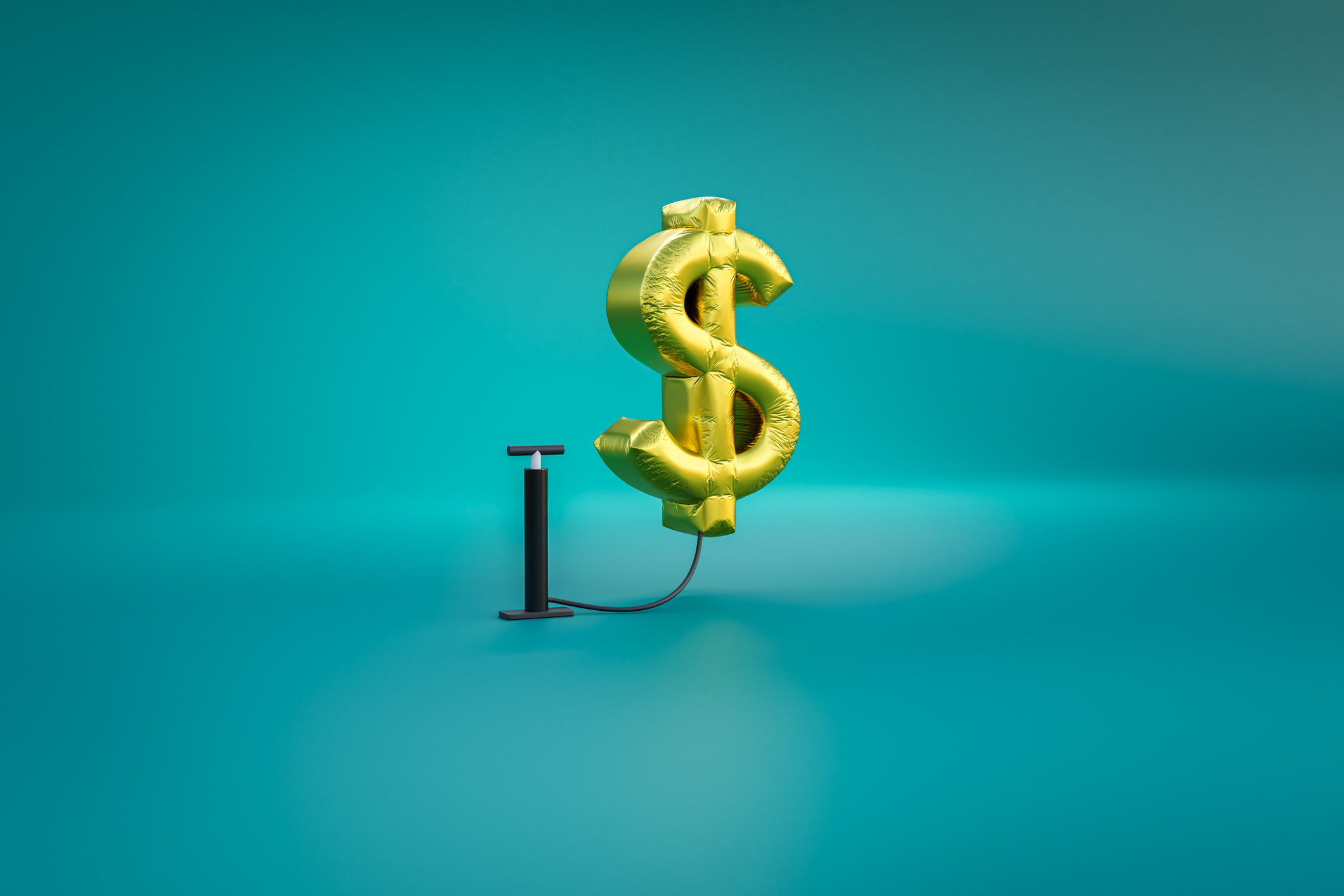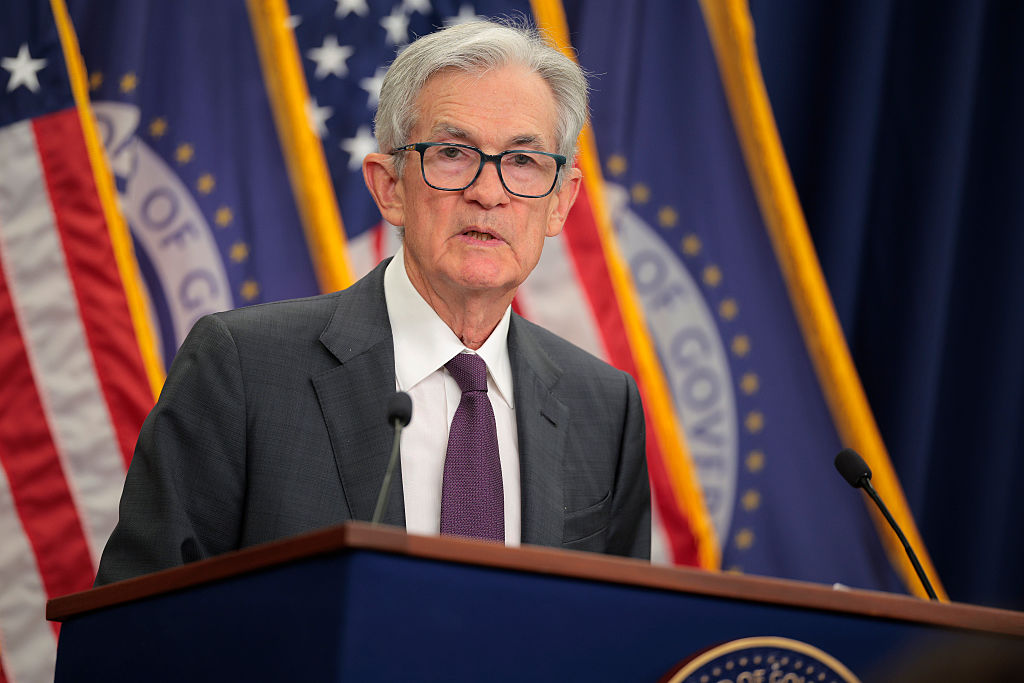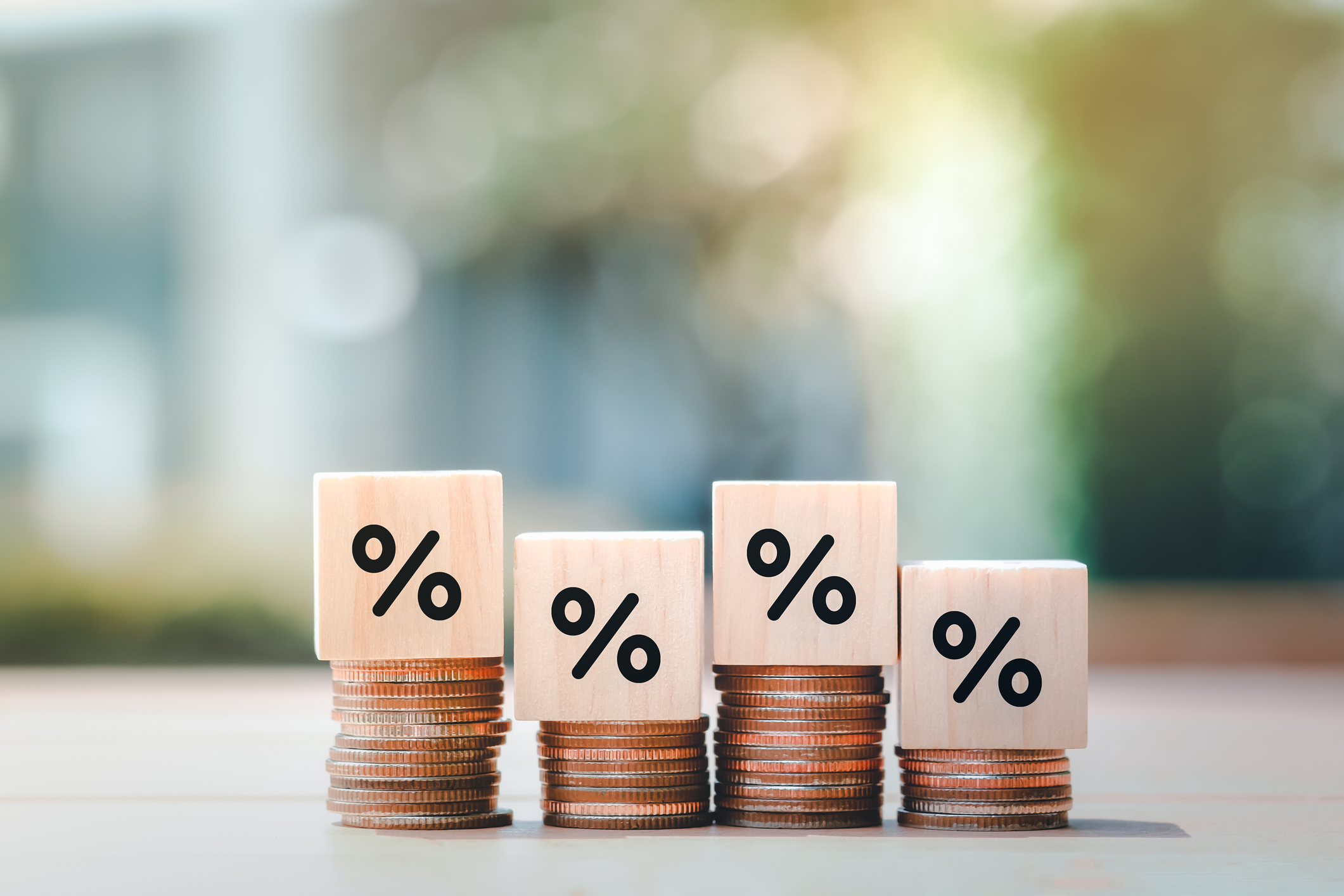4 Bond Portfolios for More Income, Less Risk
Choose the right well-diversified collection of bond funds for you.

These are confusing times for income investors. Not so long ago, they loved bonds, which presented them with three decades of falling yields and rising prices. Last year, they hated ’em, as the Federal Reserve’s talk about slowing the pace of its bond purchases led to generally lower prices. Then early in 2014, as the Fed’s taper talk turned into action, prices of high-quality bonds did the unexpected and rose as yields fell, rekindling investors’ affection for fixed-income investments. In the end, though, the problem that has bedeviled investors hasn’t disappeared: Interest rates remain at historically low levels, and to get extra yield, investors must take extra risks.
Recent results underscore the turmoil in the bond market. Barclays Aggregate Bond index, a broad measure of U.S. investment-grade issues, lost 2.0% in 2013 (its first calendar-year drop in 14 years) then rose 1.5% in January. Other sectors swung even more: Long-term government bonds, after losing 13.3% in 2013, gained 6.2% in January. But developing-markets debt sank 7.3% in 2013 and declined 2.5% in January (for more, see Buy Emerging-Markets Bonds).
Through it all, though, some sectors have sparkled. Convertibles—stock-bond hybrids—returned 22.3% over the past year through January 31. And high-yield, or junk, bonds earned 6.7%. “In bonds, somewhere, something is almost always working,” says Jeff Moore, manager of Fidelity Investment Grade Bond. “And if nothing is working, it’s just a short pause.”
From just $107.88 $24.99 for Kiplinger Personal Finance
Become a smarter, better informed investor. Subscribe from just $107.88 $24.99, plus get up to 4 Special Issues

Sign up for Kiplinger’s Free Newsletters
Profit and prosper with the best of expert advice on investing, taxes, retirement, personal finance and more - straight to your e-mail.
Profit and prosper with the best of expert advice - straight to your e-mail.
And that’s the lesson: It’s not that bonds don’t work anymore. It’s that what has worked for many investors in recent years—holding a mix of debt similar to the Aggregate index, which is heavy in Treasuries and doesn’t hold junk bonds—may not be the best combination for these times. As such, buying an index fund that captures the entire U.S. bond market could be a misstep. “You need to be more targeted in this environment,” says Brian Hahn, an adviser with money manager Neuberger Berman.
Putting aside the January drop in yields (much of it due to investors buying high-grade bonds to escape turmoil in emerging markets), chances are good that interest rates will resume their climb before long. So what’s a bond investor to do? To help you weather this uncertain market, we’ve assembled seven bond-fund portfolios designed to pay more than you can get from the bank while keeping duration (a measure of interest-rate risk) in check. Our portfolios yield from 2.1% to 3.6%.
We chose funds over individual bonds because we believe their benefits—particularly professional management and diversification—outweigh their shortcomings. What’s more, building a well-diversified portfolio of individual bonds takes at least $100,000, according to Fidelity, to achieve an optimal mix of issuers, sectors and maturities. Most bond funds, by contrast, let you through the door for $2,500 or less. (Three of our portfolios hold only exchange-traded funds; the minimum for an ETF is the price of one share, plus commission.)
Before investing in our models, decide how much of your portfolio you want in bonds. Then match your objectives as best you can with those suggested in our model portfolios. If necessary, tweak the allocations to meet your tolerance for risk. “Walk before you run,” says bond strategist Mary Ellen Stanek, of Robert W. Baird, a Milwaukee investment firm. “Start with a conservative allocation, and as you get comfortable, take on more risk by readjusting the portfolio.” The trick is to build an allocation you can stick with even when the market turns against you. Selling in a panic is a “lose-lose situation,” says Stanek.
Keep in mind that where you hold your bonds matters, too. Because interest payments on most fixed-income securities are taxed as ordinary income, money managers advise holding taxable bonds in a tax-deferred account, such as an IRA or a 401(k). If you’re investing in a taxable account and have a high income, you’ll probably be better off investing in municipal bonds. Interest from debt issued by states and cities is generally exempt from federal income taxes and may be exempt from state and local income taxes, too.
[page break]
Low-Risk Portfolios: Trading Yield for Safety
These are for investors who may not be able to tolerate big losses in their bond portfolios. Or they may hold bonds to hedge against falling stock prices. To do that effectively, says Jeff Moore, a bond-fund manager at Fidelity, you need to buy what generally goes up when stocks go down. That means a combination of intermediate-term U.S. government bonds or government-guaranteed mortgage debt (such as Ginnie Maes), and investment-grade corporate bonds (debt that is rated between triple-A and triple-B, which indicates a relatively low risk of default).
| Mutual Fund Version Yield: 2.5% | ETF Version Yield: 2.3% | ||
|---|---|---|---|
| Dodge & Cox Income | 65% | Vanguard Inter-Term Corp Bond ETF | 50% |
| Fidelity GNMA | 18% | Vanguard Short-Term Corp Bond ETF | 20% |
| Vanguard Intermediate-Term Treasury | 17% | iShares 3-7 Year Treasury Bond ETF | 30% |
Moderate-Risk Portfolios: A Mix for More Income
When you’re retired, you’re interested in income, not growth. But that doesn’t mean your bond allocations need to be more conservative. What you need is the right kind of diversification. These portfolios offer exposure to a mix of different types of bonds: foreign debt, convertibles and high-yield IOUs, as well as Treasuries, investment-grade corporate bonds and floating-rate bonds.
| Mutual Fund Version Yield: 3.1% | ETF Version Yield: 2.9% | ||
|---|---|---|---|
| USAA Government Securities | 30% | SPDR Barclays Inter-Term Treasury ETF | 25% |
| Vanguard Short-Term Inv-Grade Bond | 25% | Vanguard Inter-Term Corp Bond ETF | 25% |
| DoubleLine Total Return Bond | 15% | iShares CMBS ETF | 15% |
| Fidelity High Income | 10% | PowerShares Senior Loan Portfolio | 15% |
| T. Rowe Price Floating Rate | 10% | SPDR Barclays ST High Yield Bond ETF | 10% |
| Fidelity Convertible Securities | 5% | SPDR Barclays Convertible Securities ETF | 5% |
| Fidelity New Markets Income | 5% | iShares J.P. Morgan USD Emrg Mkts Bd ETF | 5% |
Higher-Risk Portfolios: Shifting with the Market
These are opportunistic portfolios: The managers of the first three funds in the mutual fund portfolio have the latitude to buy different kinds of bonds as the market shifts. Each fund took a different tack last year (for instance, Osterweis focused on short-term high-yield debt, and Loomis Sayles loaded up on medium-maturity investment-grade and junk bonds). But all weathered 2013 without a loss. The rest of the portfolio focuses on sectors that are poised to do well in the current environment: floating-rate debt, mortgage bonds that aren’t backed by government agencies, and dollar-denominated emerging-markets bonds. The ETF portfolio consists of funds that invest in junk bonds, mortgage securities, floating-rate bank loans and emerging-markets debt.
| Mutual Fund Version Yield: 3.6% | ETF Version Yield: 3.5% | ||
|---|---|---|---|
| FPA New Income | 17% | SPDR Barclays ST High Yield Bond ETF | 35% |
| Loomis Sayles Bond | 17% | PowerShares Senior Loan Portfolio | 20% |
| Osterweis Strategic Income | 16% | iShares CMBS ETF | 15% |
| DoubleLine Total Return Bond | 20% | iShares J.P. Morgan USD Emrg Mkts Bd ETF | 15% |
| T. Rowe Price Floating Rate | 20% | Vanguard Mortgage-Backed Securities ETF | 15% |
| Fidelity New Markets Income | 10% | Row 5 - Cell 2 | Row 5 - Cell 3 |
Muni portfolio: When taxes matter
New tax laws make municipal bonds a no-brainer for top income earners. For starters, the maximum federal income-tax bracket now peaks at 39.6%, and there’s a 3.8% surtax on net investment income for single filers with adjusted gross income of more than $200,000 ($250,000 for married couples).
But lower-income taxpayers should consider munis, too, says Tim McGregor, a muni-bond strategist at Northern Trust, a Chicago-based money manager. That’s because the difference in yield between a high-quality muni and a Treasury is slim these days: Ten-year, triple-A munis recently yielded 2.5%, on average, compared with 2.7% for ten-year Treasuries. But for an investor in the top federal bracket, a tax-free yield of 2.5% is equivalent to a taxable payment of 4.4%.
For simplicity’s sake, we have crafted a portfolio consisting exclusively of national muni bond funds, three focusing on short-term or medium-term bonds and one owning longer-term debt. Residents of states with high income tax rates—for example, New York (where the top rate is 8.8%) and California (13.3%)—may get a higher after-tax yield by investing in state-specific muni funds. But almost all of those funds hold bonds with long maturities, making them extra-sensitive to swings in interest rates. We didn’t create an ETF portfolio because many tax-free bonds are thinly traded, and “if the market goes into panic mode and liquidity dries up, relying heavily on an index-based fund could lend itself to some bad surprises,” says Warren Pierson, a muni strategist at Robert W. Baird. The 2.1% yield in our portfolio is equivalent to a taxable 3.7% for an investor in the top tax bracket.
| Mutual Fund Version Yield: 2.1% | |
|---|---|
| Fidelity Intermediate Municipal Income | 40% |
| Fidelity Tax-Free Bond | 20% |
| USAA Tax-Exempt Intermediate-Term | 20% |
| Vanguard Limited-Term Tax-Exempt | 20% |
Profit and prosper with the best of Kiplinger's advice on investing, taxes, retirement, personal finance and much more. Delivered daily. Enter your email in the box and click Sign Me Up.

Nellie joined Kiplinger in August 2011 after a seven-year stint in Hong Kong. There, she worked for the Wall Street Journal Asia, where as lifestyle editor, she launched and edited Scene Asia, an online guide to food, wine, entertainment and the arts in Asia. Prior to that, she was an editor at Weekend Journal, the Friday lifestyle section of the Wall Street Journal Asia. Kiplinger isn't Nellie's first foray into personal finance: She has also worked at SmartMoney (rising from fact-checker to senior writer), and she was a senior editor at Money.
-
 Fed's Rate Cuts Could Have Impacts You Might Not Anticipate
Fed's Rate Cuts Could Have Impacts You Might Not AnticipateUnderstanding how lower interest rates could impact your wallet can help you determine the right financial moves to make.
-
 Past Performance Is Not Indicative of Your Adviser's Expertise
Past Performance Is Not Indicative of Your Adviser's ExpertiseMany people find a financial adviser by searching online or asking for referrals from friends or family. This can actually end up costing you big-time.
-
 I'm want to give my 3 grandkids $5K each for Christmas.
I'm want to give my 3 grandkids $5K each for Christmas.You're comfortably retired and want to give your grandkids a big Christmas check, but their parents are worried they might spend it all. We ask the pros for help.
-
 December Fed Meeting: Updates and Commentary
December Fed Meeting: Updates and CommentaryThe December Fed meeting is one of the last key economic events of 2025, with Wall Street closely watching what Chair Powell & Co. will do about interest rates.
-
 The Delayed September Jobs Report Is Out. Here's What It Means for the Fed
The Delayed September Jobs Report Is Out. Here's What It Means for the FedThe September jobs report came in much higher than expected, lowering expectations for a December rate cut.
-
 October Fed Meeting: Updates and Commentary
October Fed Meeting: Updates and CommentaryThe October Fed meeting is a key economic event, with Wall Street turned into what Fed Chair Powell & Co. did about interest rates.
-
 The Delayed September CPI Report is Out. Here's What it Signals for the Fed.
The Delayed September CPI Report is Out. Here's What it Signals for the Fed.The September CPI report showed that inflation remains tame – and all but confirms another rate cut from the Fed.
-
 Banks Are Sounding the Alarm About Stablecoins
Banks Are Sounding the Alarm About StablecoinsThe Kiplinger Letter The banking industry says stablecoins could have a negative impact on lending.
-
 Government Shutdown to Delay Data, Including Key Jobs Report
Government Shutdown to Delay Data, Including Key Jobs ReportWhile government shutdowns typically don't impact stock returns, they can delay the release of key economic data – including the monthly jobs report.
-
 September Fed Meeting: Updates and Commentary
September Fed Meeting: Updates and CommentaryThe September Fed meeting is a key economic event, with Wall Street keyed into what Fed Chair Powell & Co. will do about interest rates.
-
 Hot August CPI Report Doesn't Shift the Rate-Cut Needle: What the Experts Say
Hot August CPI Report Doesn't Shift the Rate-Cut Needle: What the Experts SayThe August CPI came in higher than forecast on a monthly basis, but Wall Street still expects a rate cut at next week's Fed meeting.